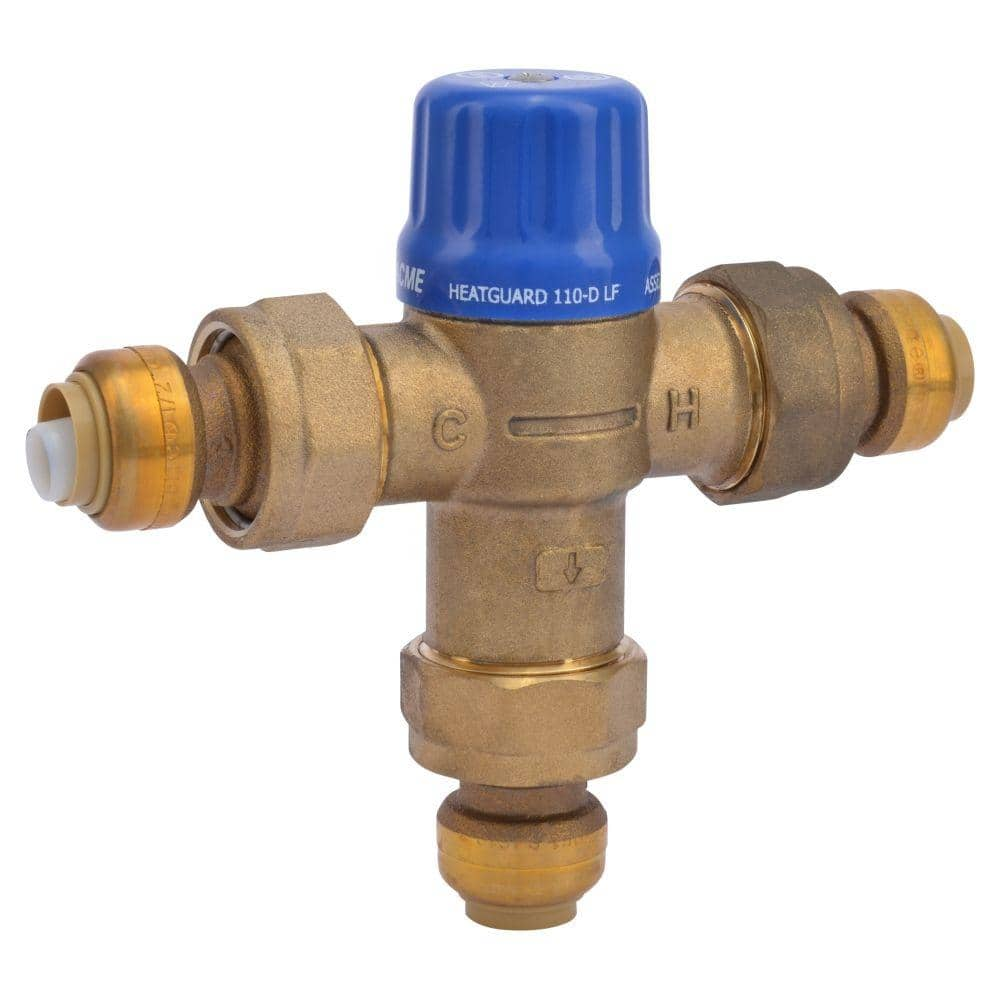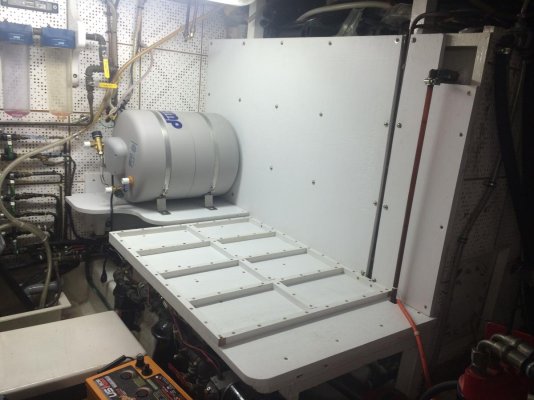We rarely used the electrical heater as the engine coolant heater would supply several days of hot water for showers. Only problem as that care was needed because the water was too hot.
Ours is like that as well. If your engine has a 180 degree thermostat, your hot (potable) water will be the same temperature and that is a hazard. On the other hand, mixed with cold water, the limited amount of hot water will provide more warm water for showering and washing dishes.
You can buy and install a mixing valve that automatically reduces the output to a safe 120 degrees or so. If you have children on board this would be a good idea. We understand and know how to deal with it.



